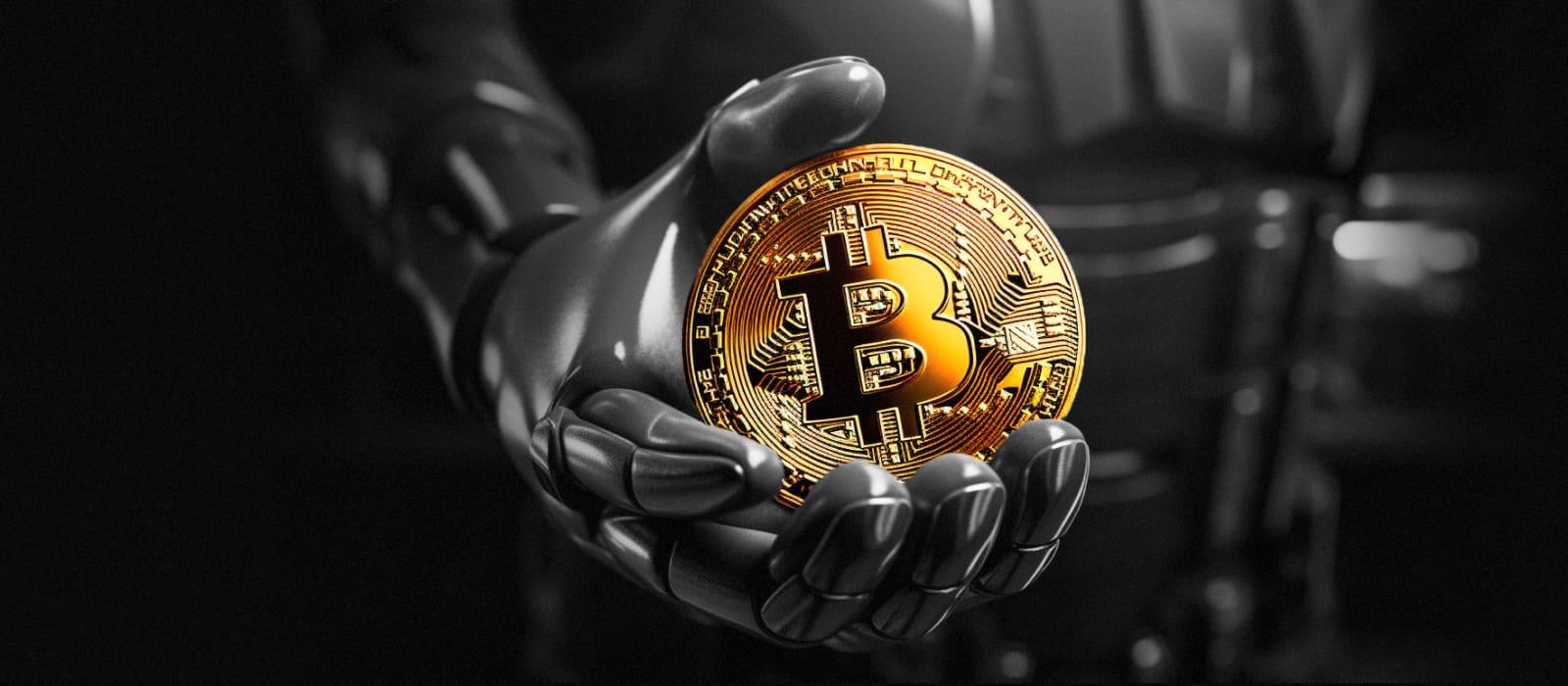Two of the most disruptive technologies of the 21st century—Artificial Intelligence (AI) and blockchain—are converging. Separately, they have transformed industries. Together, they are unlocking possibilities that were once unimaginable.
In 2025, AI and blockchain integration is enabling smarter, more secure, and highly transparent systems across sectors like healthcare, finance, supply chain, and beyond. But how exactly do these two technologies complement each other, and what does their future look like?
1. Why Combine AI and Blockchain?
While AI excels at analyzing large datasets and making intelligent decisions, it has limitations when it comes to transparency and data integrity. Blockchain, on the other hand, ensures secure, immutable, and decentralized storage of data but lacks the intelligence to analyze it.
When combined, AI and blockchain create a powerful synergy:
-
AI provides intelligence.
-
Blockchain ensures trust and traceability.
This partnership solves critical challenges in both technologies.
2. How AI and Blockchain Work Together
Data Integrity for AI
AI systems rely on massive amounts of data. Blockchain guarantees that this data is authentic and tamper-proof, ensuring AI algorithms work with reliable information.
Decentralized AI Models
Instead of centralizing AI systems with a single company, blockchain enables decentralized AI marketplaces where models and datasets are shared securely.
Transparency in AI Decisions
Blockchain’s immutable records make it possible to audit AI decision-making processes, addressing concerns about bias and explainability.
Smart Contracts Enhanced by AI
AI can optimize smart contracts to execute more complex, dynamic decisions in real-time.
3. Real-World Applications of AI and Blockchain Integration
Healthcare
AI analyzes patient data for diagnostics, while blockchain securely stores and shares medical records across providers.
-
Example: Personalized treatment plans created by AI using blockchain-verified data.
Supply Chain Management
AI predicts supply and demand trends, and blockchain ensures traceability of goods from origin to delivery.
-
Example: A retailer tracks ethically sourced materials and uses AI to optimize inventory.
Financial Services
Blockchain secures transactions and AI detects fraudulent activities.
-
Example: Decentralized finance (DeFi) platforms using AI to assess creditworthiness while blockchain stores immutable transaction histories.
Energy Sector
AI manages energy grids efficiently, and blockchain allows peer-to-peer energy trading.
-
Example: Homeowners sell excess solar energy securely through blockchain platforms, with AI optimizing pricing.
Autonomous Vehicles
AI powers navigation and decision-making, while blockchain logs data for accountability.
-
Example: Ride-sharing platforms using blockchain to manage vehicle data and payments.
4. Benefits of AI and Blockchain Integration
Enhanced Security
Blockchain protects data integrity while AI detects and prevents cybersecurity threats.
Greater Transparency
Blockchain provides a verifiable trail for AI decision-making, building user trust.
Decentralization
Decentralized AI systems reduce reliance on centralized tech giants and democratize access to advanced tools.
Improved Efficiency
AI automates processes while blockchain removes intermediaries, streamlining operations.
5. Challenges and Limitations
While the potential is huge, integrating AI and blockchain isn’t without obstacles:
Scalability Issues
Blockchain networks can be slow, which limits real-time AI applications.
Energy Consumption
Both technologies can be energy-intensive, though improvements like Layer 2 solutions and energy-efficient AI models are helping.
Data Privacy
Storing AI training data on blockchains raises privacy concerns that must be addressed with advanced encryption techniques.
Complexity
Developers and businesses require expertise in both fields to successfully implement integrated systems.
6. Emerging Trends in 2025
AI-Powered Decentralized Applications (dApps)
More dApps are incorporating AI for smarter decision-making and personalization.
Federated Learning on Blockchain
AI models are trained across decentralized devices using blockchain to coordinate updates without sharing sensitive data.
Autonomous Organizations
Decentralized Autonomous Organizations (DAOs) using AI for governance and decision-making.
Cross-Industry Standards
Efforts are underway to create frameworks for secure AI-blockchain integration across industries.
7. The Future of AI and Blockchain Integration
In the next few years, AI and blockchain integration is expected to transform:
-
Digital identities: AI verifies users, and blockchain stores credentials securely.
-
Healthcare diagnostics: AI analyzes data, and blockchain ensures privacy and accuracy.
-
Financial inclusion: AI assesses risk in unbanked populations, and blockchain facilitates secure transactions.
This convergence will likely be a cornerstone of Web3, enabling intelligent, decentralized systems that put control back into the hands of users.
Final Thoughts
AI and blockchain integration represents a powerful technological partnership. While each technology has already disrupted industries on its own, their combination is opening doors to smarter, more secure, and highly transparent systems.
In 2025, as organizations seek ways to harness the full potential of data while ensuring trust and accountability, the fusion of AI and blockchain is emerging as a key driver of innovation.
Businesses and developers who understand and adopt this integration today are positioning themselves at the forefront of the next technological revolution.

